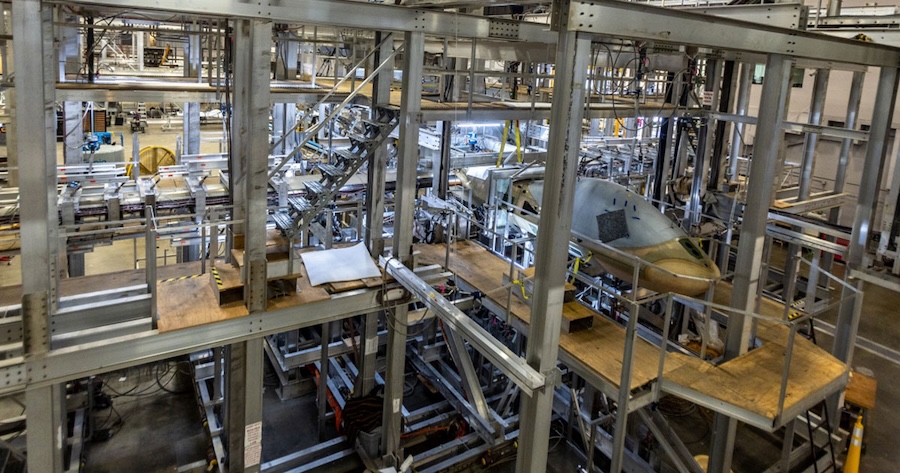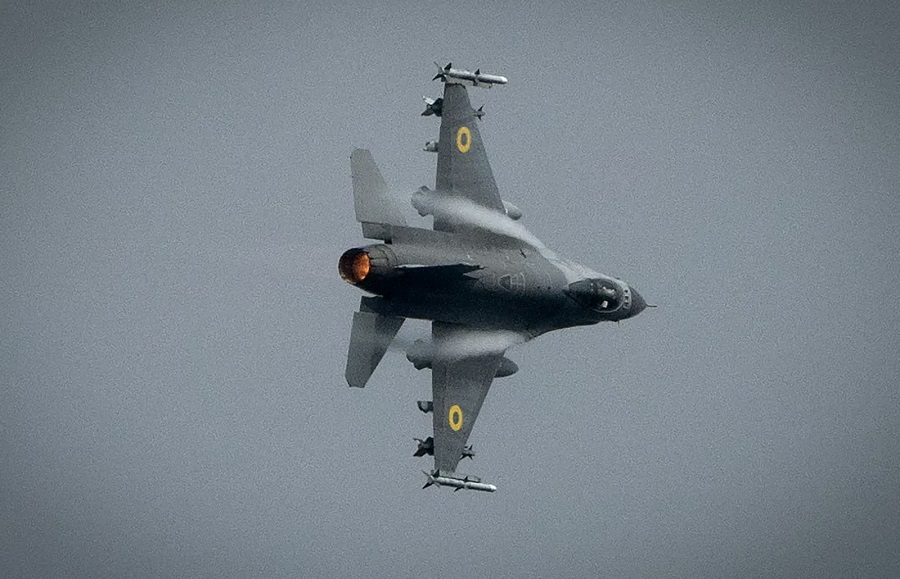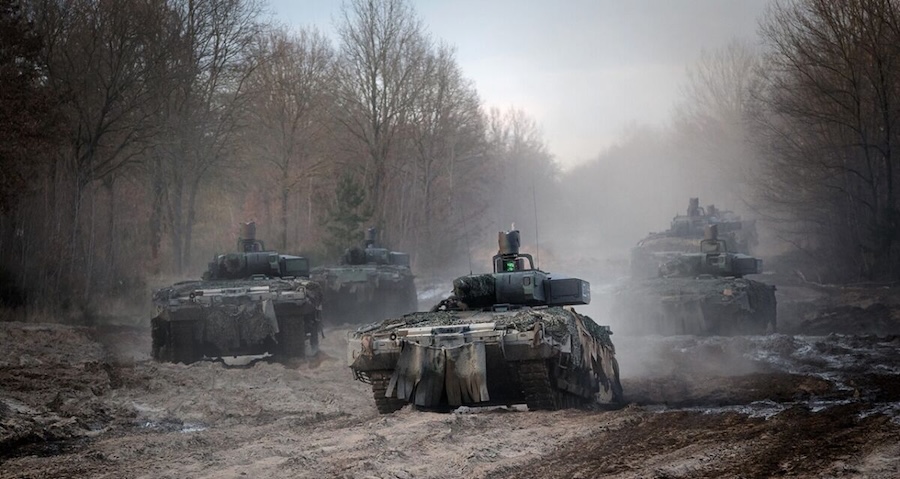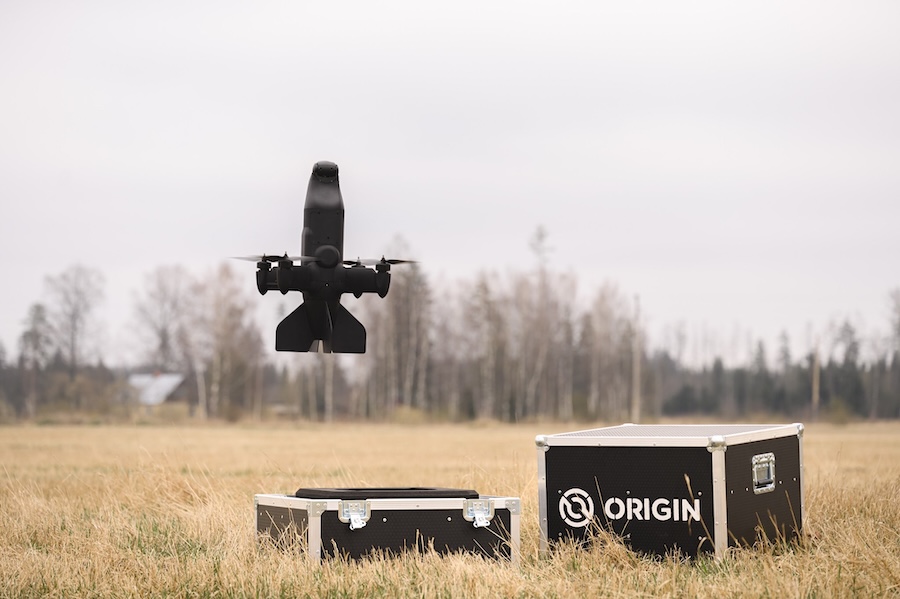Officials said the sites were chosen through detailed analysis and on-site assessments that examined mission needs, energy demand, infrastructure, and environmental and technical factors. The selected locations, listed alphabetically, are Fort Benning, Fort Bragg, Fort Campbell, Fort Drum, Fort Hood, Fort Wainwright, Holston Army Ammunition Plant, Joint Base Lewis-McChord, and Redstone Arsenal.
The Army said the final number and placement of microreactors will be decided through the acquisition process and will depend on feasibility, suitability, and resources. Assistant Secretary of the Army for Installations, Energy and Environment, the Honorable Jordan Gillis, said: “These early site selections align with the Department of War’s goal of accelerating the pace of deploying on-site nuclear generation at our installations.” He added: “Through the use of the Army’s unique nuclear regulatory authorities, we are deploying a resilient, secure, and reliable energy supply for critical defense operations and in support of the most lethal land-based fighting force in the world.”
Microreactor technology is described by the Army as a major step forward in safety, security, and waste management, with systems designed to be inherently safe. The service is working with the Department of Energy and its National Labs to assess designs, operational plans, and preparedness measures.
Rollout will occur in phases as lessons are captured and safety is confirmed, and the Army expects projects to be self-contained with no significant impact on land use. Officials said they intend to keep host communities fully informed and welcome public engagement as timelines are set for each location.
The Army has signed a Memorandum of Agreement with the Defense Innovation Unit to use its Commercial Solutions Opening process and Other Transaction Authority to select vendors. DIU has issued an Area of Interest to collect information from industry on microreactor deployment and operation at military sites.
Dr. Andrew Higier, DIU Energy Portfolio Director, said: “We’ve established a great partnership with the U.S. Army. DIU is ready and excited to leverage our rapid CSO process to execute the Janus Program in collaboration with our government and industry partners.” He added: “This collaboration will deliver advanced nuclear energy to Army installations, ensuring their most critical missions always have resilient and ready power.”
Dr. Jeff Waksman, Principal Deputy Assistant Secretary of the Army for Installations, Energy and Environment, said: “The Janus Program is taking its first step toward pairing specific nuclear reactor designs to specific U.S. Army installations.” He said: “We will move to bending metal as quickly as possible, leveraging the enormous amount of technical talent gathered to execute this program.”
The Army said the release of the Area of Interest and the site selection process signal the rapid pace of the Janus Program as it works to support U.S. industrial capacity and technological leadership. The initiatives aim to strengthen long-term energy security for both the Army and the nation.
Source: U.S. Army.






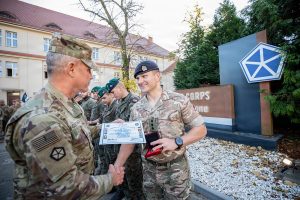
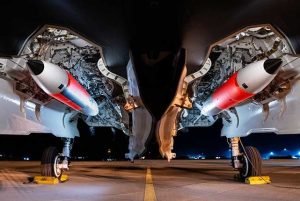




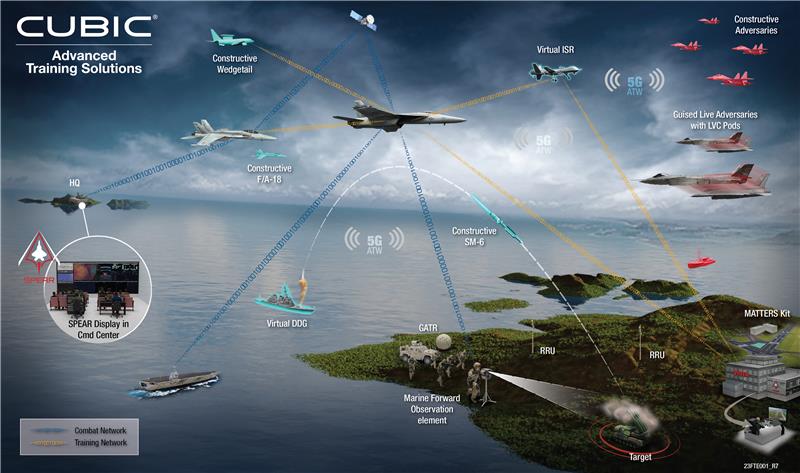
![F-16 Training Centre in Romania boosts allied readiness and strengthens NATO cooperation across Europe [VIDEO]](https://defence-industry.eu/wp-content/uploads/2025/11/f-16-training-centre-in-romania-boosts-allied-readiness-and-strengthens-nato-cooperation-across-europe-video.jpeg)




